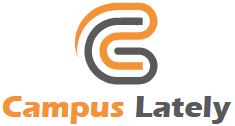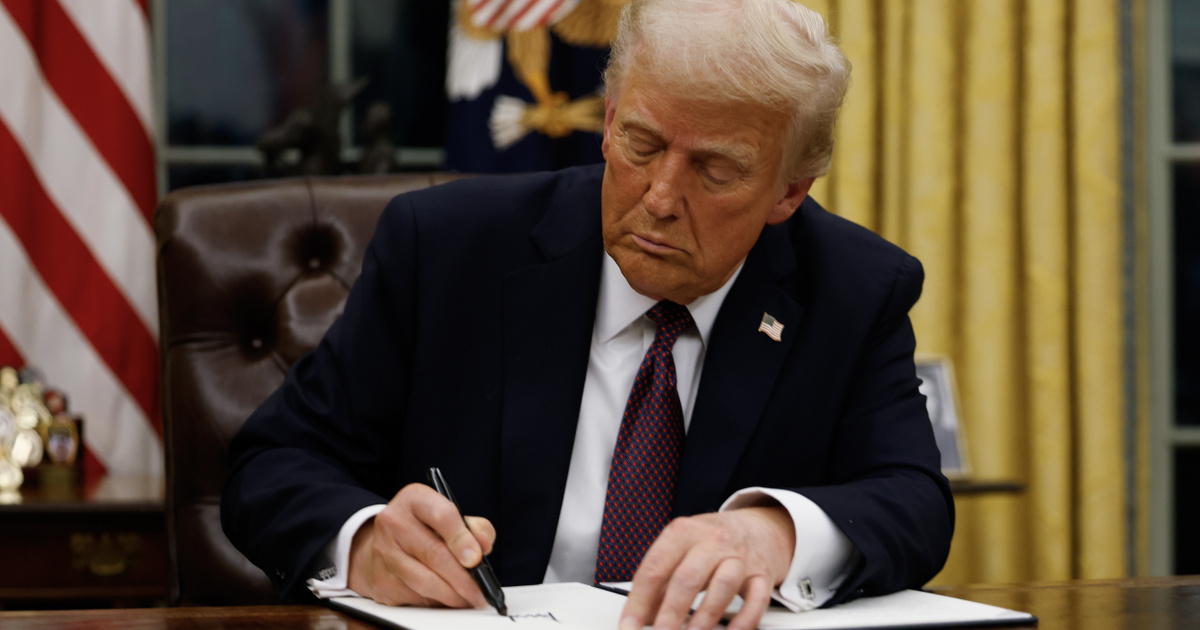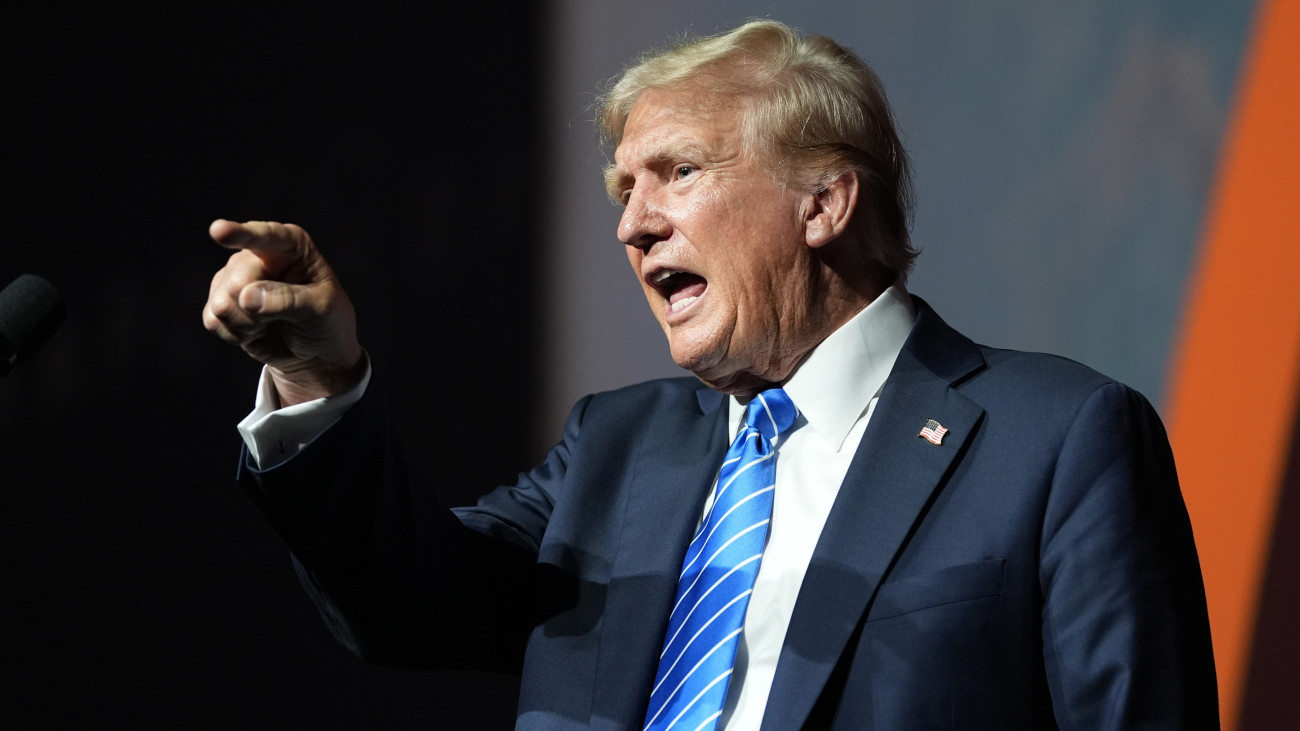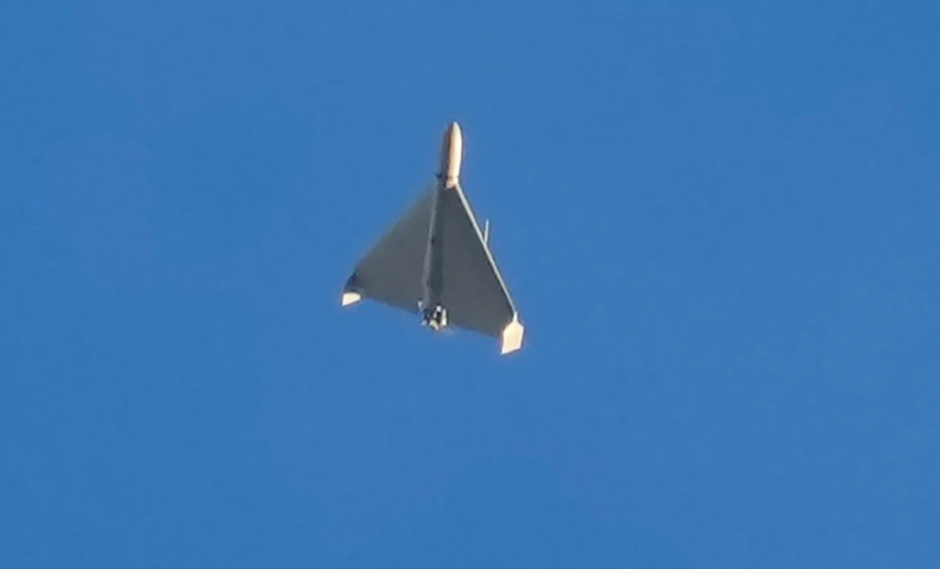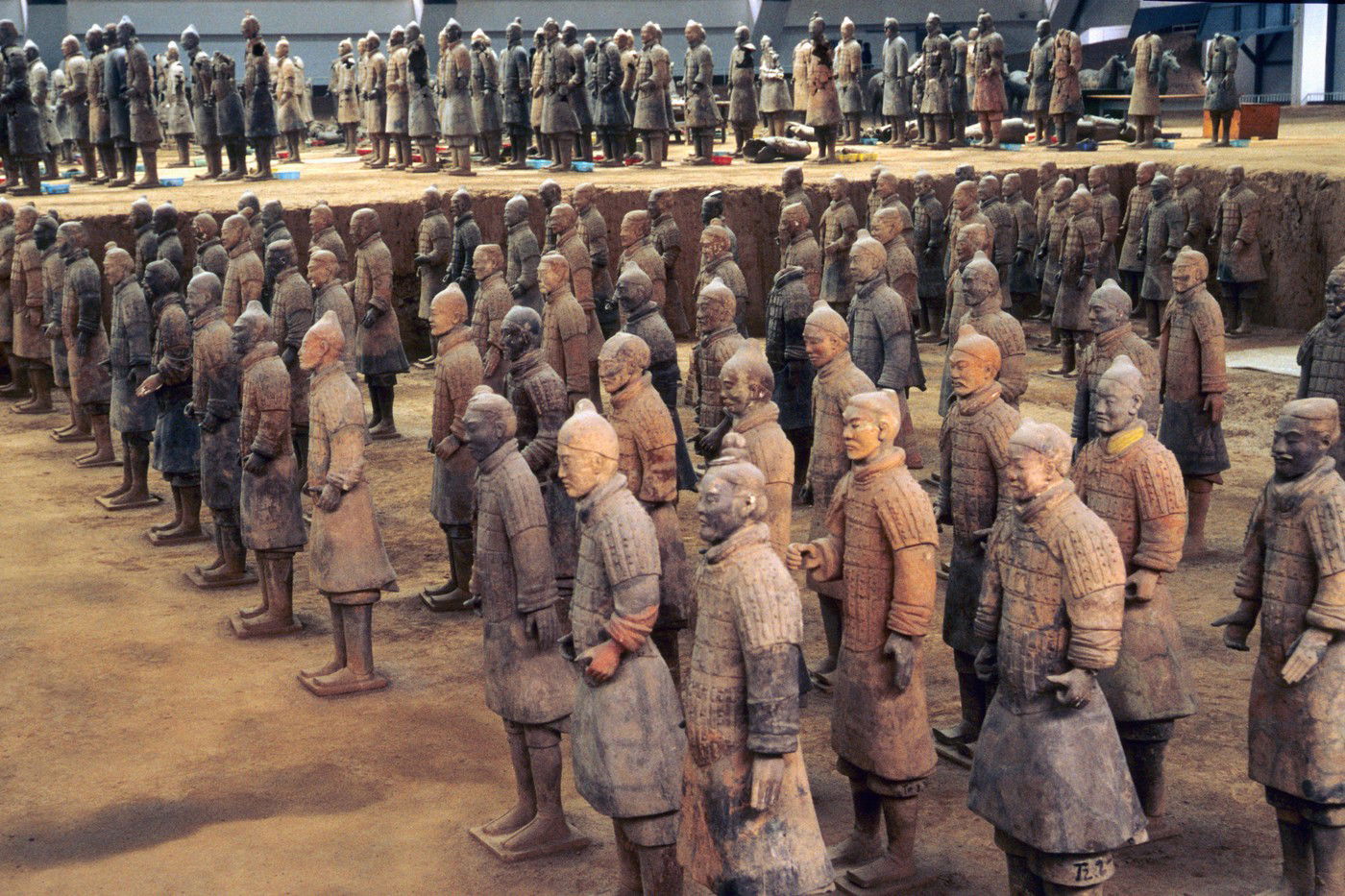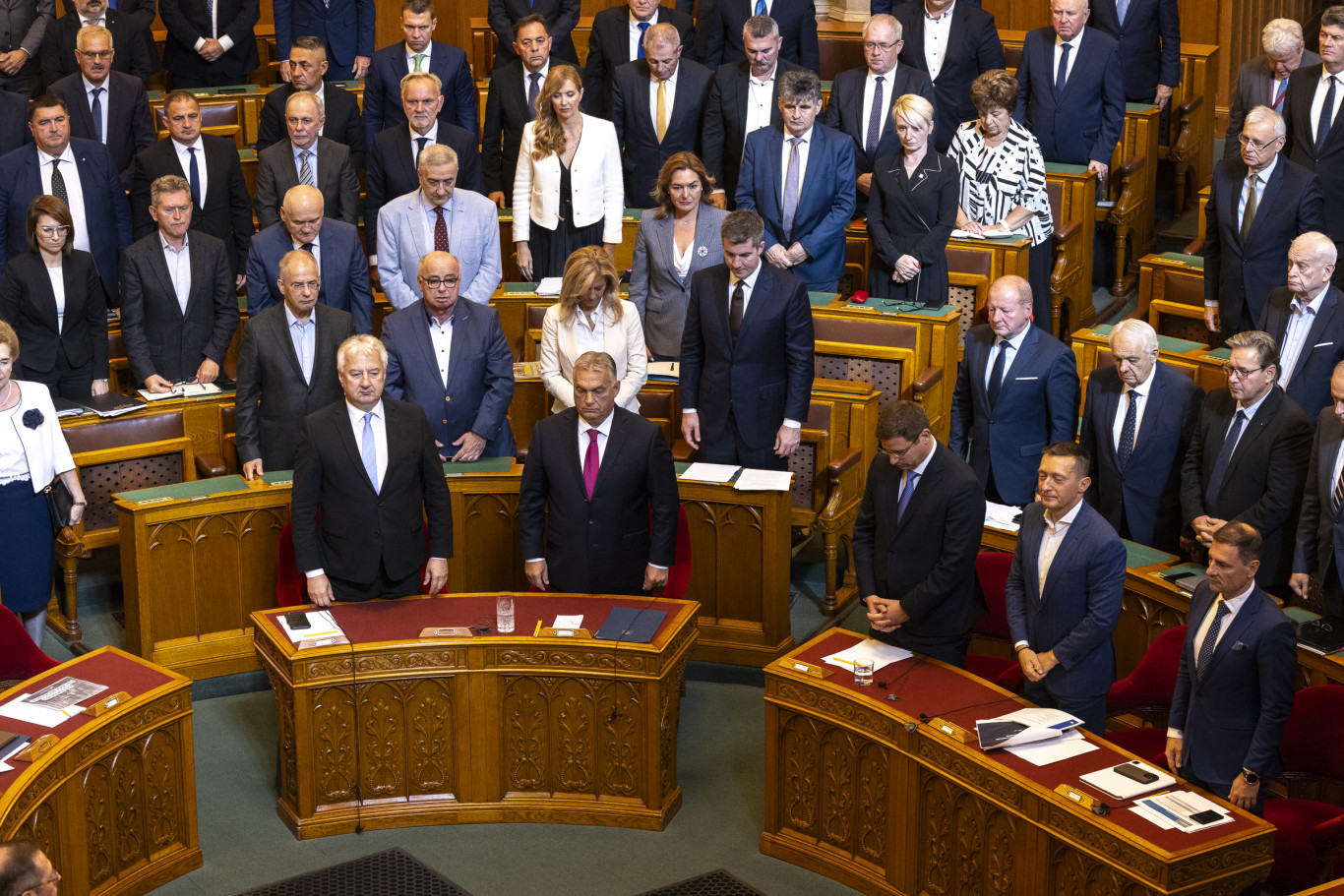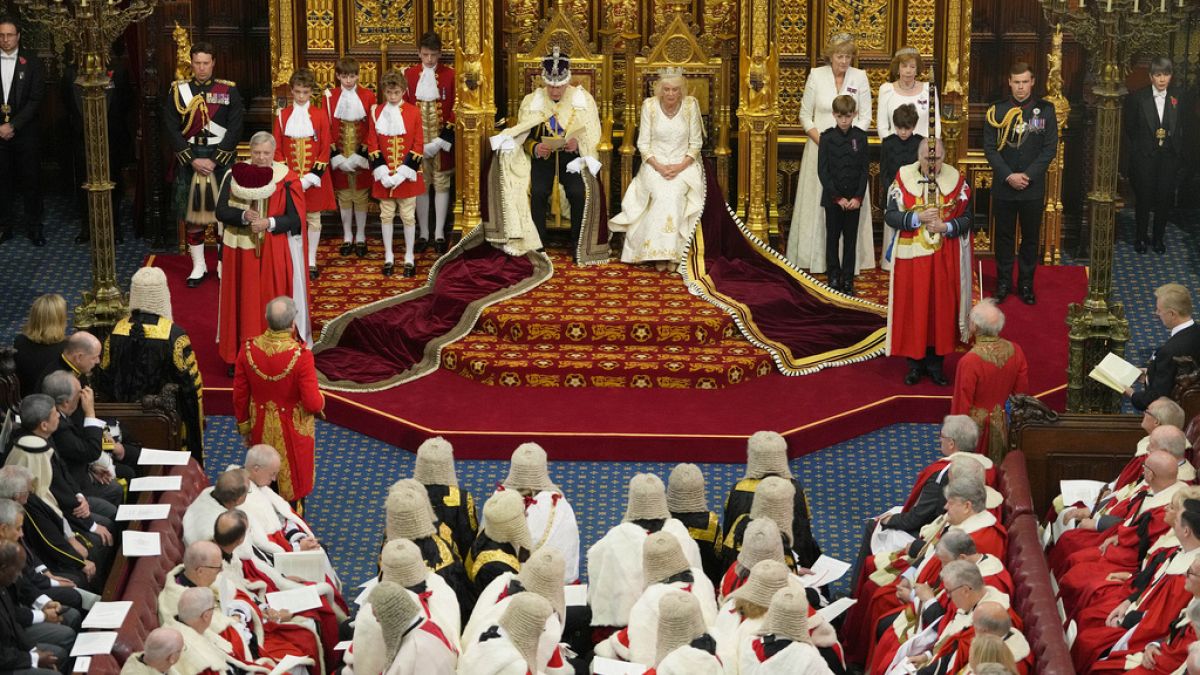The test was successful, and the path is clear to integrate
Since its inception nearly a decade ago, Ethereum has been mined using the so-called Proof of Work model. This includes complex mathematical equations that many machines compete to solve, However, the disadvantage of the system is that it requires a lot of energy. Bitcoin mining also follows a similar process.
Developers have been working for some time on moving the network to a new model called Proof of Stake. Instead of power-intensive mining, the new method requires users to use existing Ethereum holdings to verify transactions and generate new tokens. This solution uses much less power and is expected to result in faster transactions.
The final test took place on Wednesday evening.
Ansgar Dietrichs, a researcher at the Ethereum Foundation, said in a tweet that the most important measure of success for such a test is the time to completion. He called it “another successful test”.
The most relevant measure of testnet merge success is the time to completion. And the Bratter/Guerley just finished (there are still some hiccups), so I’m going to call it another successful test. {: url}
– ansgar.eth (@adietrichs) August 11, 2022
A researcher at Galaxy Digital noted that the engagement rate dropped after the test was combined, and it appears that there may have been an issue with a customer – but it generally worked.
“Successful merge = chain termination,” Kristen Kim wrote in a tweet, adding that we’ll likely see similar kinds of issues on the mainnet with the update, “but the bottom line is that the merge worked.”
successful merge = chain termination. Sure, the engagement rate went down and it looks like there might have been an issue with a customer, but the merge worked. We’ll likely see minor issues like this with the upgrade on mainnet as well, but the point is that the merge worked. {: url}
– Kristen (Kim) August 11, 2022
The timing of the update will be discussed at Thursday’s Ethereum Core Developers meeting. According to previous guidance, the merger could take effect in mid-September.
The Ethereum transition has been delayed several times in recent years. The core developers are A It was told CNBCthat the process is moving slowly to allow sufficient time for research, development and implementation.
The original Ethereum blockchain token, Ethereum, is up nearly 80 percent over the past month, including a 10 percent increase in the past 24 hours, to close at $1,875, but is still down 50 percent since the beginning of the year.
what happened?
One of the Ethereum testnets, or testnets, Goerli (named after a train station in Berlin), simulates a process similar to what the mainnet, or mainnet, will perform in September.
Testnets allow developers to try new things and make necessary improvements before rolling out updates to the main blockchain.
Wednesday night’s exercise showed that quota validation significantly reduces the power needed to validate blocks of transactions, and also proves that the merge works.
Joseph Gee, a developer who worked at the Ethereum Foundation and runs a peer-to-peer lending platform called PWN, said Goerli has the bottom-up nature of this testnet. This is the most widely used test currently, Gee added – and that Goerlin’s proof-of-stake system will be roughly identical to how things run on the mainnet.
The She also joined the Ethereum Foundation blog For this review, he said that Goerli is “the closest test network to the mainnet, and is useful for testing smart contract interactions.”
bugs
Tim Biko, Ethereum protocol development coordinator, told CNBC that they usually know “within minutes” whether a test has passed. However, in the coming hours and days, they are keeping an eye out for various potential configuration issues to get them fixed quickly.
We want to end the network and get high engagement among validators, and we also want to not run into any unexpected bugs or issues.
Biko said.
According to Pico, this scale is the easiest to track Post rate, that is, the number of auditors connected to the Internet and performing their tasks. If the numbers go down, it’s up to the developers to figure out why.
Another major question is a related to transactions. Ethereum processes transactions in groups called blocks. According to Pico, one of the clear indications that the test went well is whether the blocks contain actual transactions rather than empty ones.
Another important point iswhether the network is complete, Which means that more than two-thirds of the auditors are online and agree with the chain’s historical data. According to Beiko, this takes 15 minutes under normal network conditions.
If these three things look good, there is still a long list of minor things to check, but then we’re on our way
Biko said.
more affordable
Since December 2020, the ethereum community has been testing the proof-of-stake workflow at Lighthouse In a series called, which works in conjunction with the existing Proof of Work series, which has solved some major issues.
Beiko said that the original proposal required validators to have 1,500 ethereum tokens, equivalent to a “share” worth about $2.7 million today, to use the system. The new Proof of Stake proposal lowers the limit, as interested users only need to hold 32 Ether, or about $57,600.
It’s still not a trivial amount, but it’s an accessible system
Biko said.
There were other important developments ahead of Wednesday’s test. In June, the longest running Ethereum network test known as Ropsten succeeded in integrating the Proof of Work implementation layer with the Proof of Stake signal chain. It was the first major test of the process that the mainnet will go through next month if all goes according to plan.
Beiko said that the integration testing allowed developers to ensure that the software running the Ethereum protocol is stable and that “everything built on the network is ready to go.”
After completing the merge, the next great master is multi-stage Retail It will be an update that will improve “dramatically the distribution of data storage requirements, allow pools to be cheaper, and make it easier to run nodes,” according to the Ethereum website. In essence, sharding means horizontal distribution of the Ethereum database among the shard chains, providing greater network capacity while also easing the underlying network.
Cover Photo: Getty Images
